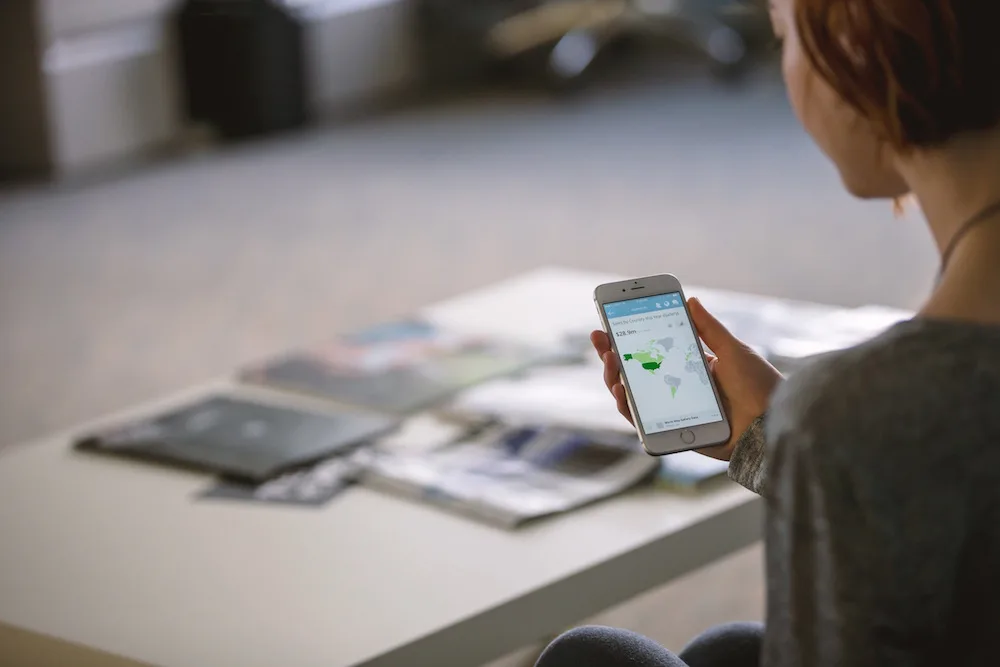International Ecommerce: 3 Steps to Global Expansion


International Ecommerce: 3 Steps to Global Expansion
Get The Print Version
Tired of scrolling? Download a PDF version for easier offline reading and sharing with coworkers.
A link to download the PDF will arrive in your inbox shortly.

Cross-border ecommerce is rapidly growing and is expected to be a key growth engine for online retailers in the coming years. If you have any doubts that international ecommerce and selling globally is a significant opportunity for your business, just look at the numbers.
A recent McKinsey study estimated that 1.8 billion people will enter the consuming class by 2025, annually spending $30 trillion. With broader internet availability, buyers will have better access to businesses all over the world — businesses just like yours.
1.8 billion people will enter the consuming class by 2025, annually spending $30 trillion.
First Things First: Put a Plan in Place
Before you open your doors to the world, you need a plan.
If you’re new to the international ecommmerce game, you may want to start small by selling a few items in a few markets. Once you’ve tested some key products and markets and feel ready to expand, you can invest more heavily.
Whatever your starting point, here are three critical areas of planning, along with resources that can help you prepare.
1. Find Your Target Markets
Like any new venture, it pays to do your homework. Your first step is to learn about who your international customers are, what they buy and how they shop.
Gather Market Intelligence
Start by looking at your internal data to see from which countries people are already buying your products. Try further expanding your reach into these markets, even if only to test selling specific products.
You can also leverage research tools available from government agencies like the U.S. Small Business Administration and Export.gov. Both offer free planning tools and downloadable templates to help you find the best markets for your products, develop pricing strategies and more.
Research Demand and Local Buying Trends
To help develop your target markets, research the top countries that have strong demand for your products or niche specialty. Is there demand or a gap in the market? While you’re at it, try to learn as much as you can about consumers’ spending patterns and from which countries they typically buy. For instance, online shoppers from smaller countries are probably more likely to make international purchases, and they’ll likely spend in larger international markets like the U.S., Canada and Australia.
A helpful resource is PayPal’s PassPort site, which has a wealth of information about global buying trends for specific countries.
For instance, you can see top shopping categories, how often shoppers purchase from countries like the U.S., buying motivations and potential barriers by country. It also summarizes the local customs, trends, taboos and even holidays of each country so your brand offers a truly localized shopping experience for customers.
2. Consider Different International Payment Methods
With your initial market research out of the way, start thinking about how you’ll accept payments.
This is an important step because checkout is the point at which international shoppers tend to abandon their purchases — either because their preferred payment method isn’t available or because they don’t feel confident their payment will be handled securely.
Research Local Buyers’ Preferred Payment Methods
These vary significantly depending on the country, and it’s important to find out what’s best for the markets in which you’re selling. For example, 60% of payments are by direct debit in the Netherlands, while Germans make 46% of payments by online bank transfer.
60% of payments are by direct debit in the Netherlands, while Germans make 46% of payments by online bank transfer.
In general, people prefer paying in a familiar currency, ideally their local currency. Some global payment providers will let you list products in a number of different currencies. If that’s a tool your provider offers, use it. If you’re not offering payment in local currency, make sure to give a currency conversion so customers can see what they’re paying.
Choose a Payment Provider with a Reputation for Security
Look for a payment provider with a strong global reputation. PayPal, for instance, consistently ranks among the top payment methods for international payments because of its security, purchase protection and ease of use across multiple devices.
PayPal gives businesses access to local funding methods without the hassle of opening multiple merchant accounts overseas. You can take payments from over 200 markets in 25 currencies. And it’s already built into the BigCommerce platform, so setup is easy.
3. Plan Your Market Entry
You have a couple of options for entering a new market — from starting small on an existing online marketplace to optimizing your current website or setting up a local web presence in particular countries.
Start Small on an Existing Online Marketplace
Established sites like eBay can often give you better reach for lower cost. They allow you to test demand for your products before committing a large sum to redeveloping your existing site. Also, consider other online marketplaces that may be popular in your target market.
Optimize Your Current Website
A slightly more advanced option is to optimize your existing website for international buyers. You can start by simply highlighting your ability to accept international orders with information on countries served and the shipping costs.
Once you have more experience, you can look into listing your products in local currencies for shoppers with non-U.S. IP addresses, and maybe eventually install a multi-language toggle for your website.
Create a Custom Website for Certain Markets
The most advanced option is to build a website designed to appeal to specific overseas customers.
This can include investing in a local domain name.
The products and strategies that work in the U.S. may not necessarily work in other countries, so a targeted website gives you full flexibility to try out different items and presentation. If you take this route, just remember to test and optimize the experience so you can make sure that elements like text translation, currency conversion and delivery cost calculation work correctly.
Your Future Customers are Waiting
Like traveling abroad, selling abroad is an adventure that has the potential to be transformative to your career and your business. It will expose your company to new countries, cultures and, most importantly, customers. So don’t be afraid to take your first step in selling across international borders.

Chase Jones is a marketing director at PayPal, where he leads a team creating payments-related content for small businesses. A grammar and technology geek, Chase holds a Master’s Degree in Communication and has spent over a decade bringing innovative technologies to market for businesses of all sizes.


